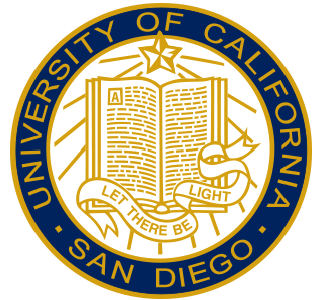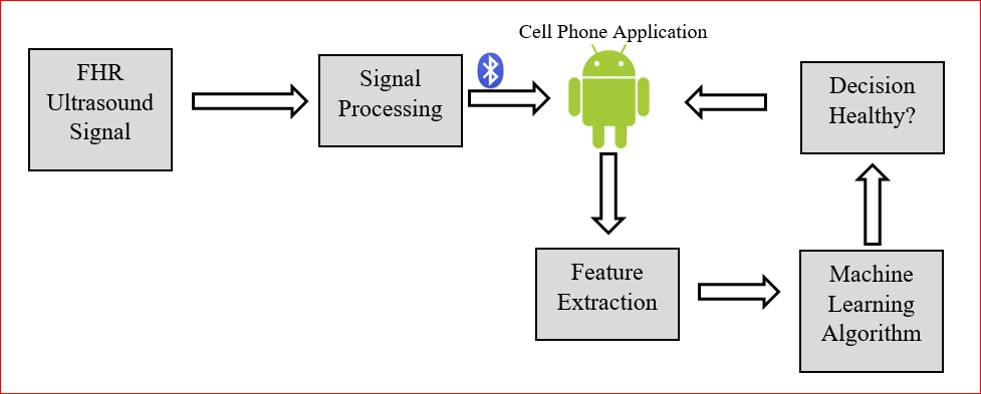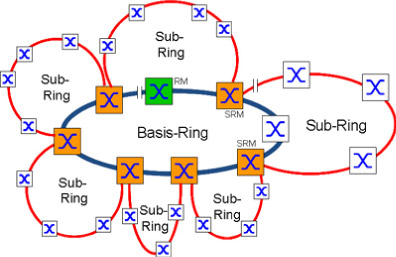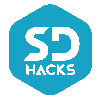Ashwin Kannan
B.S. Electrical Engineering
University of California, San Diego
Graduation: June 2016
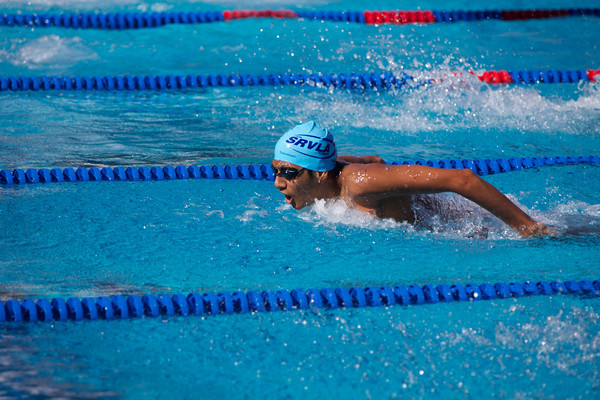
B.S. Electrical Engineering
University of California, San Diego
Graduation: June 2016

